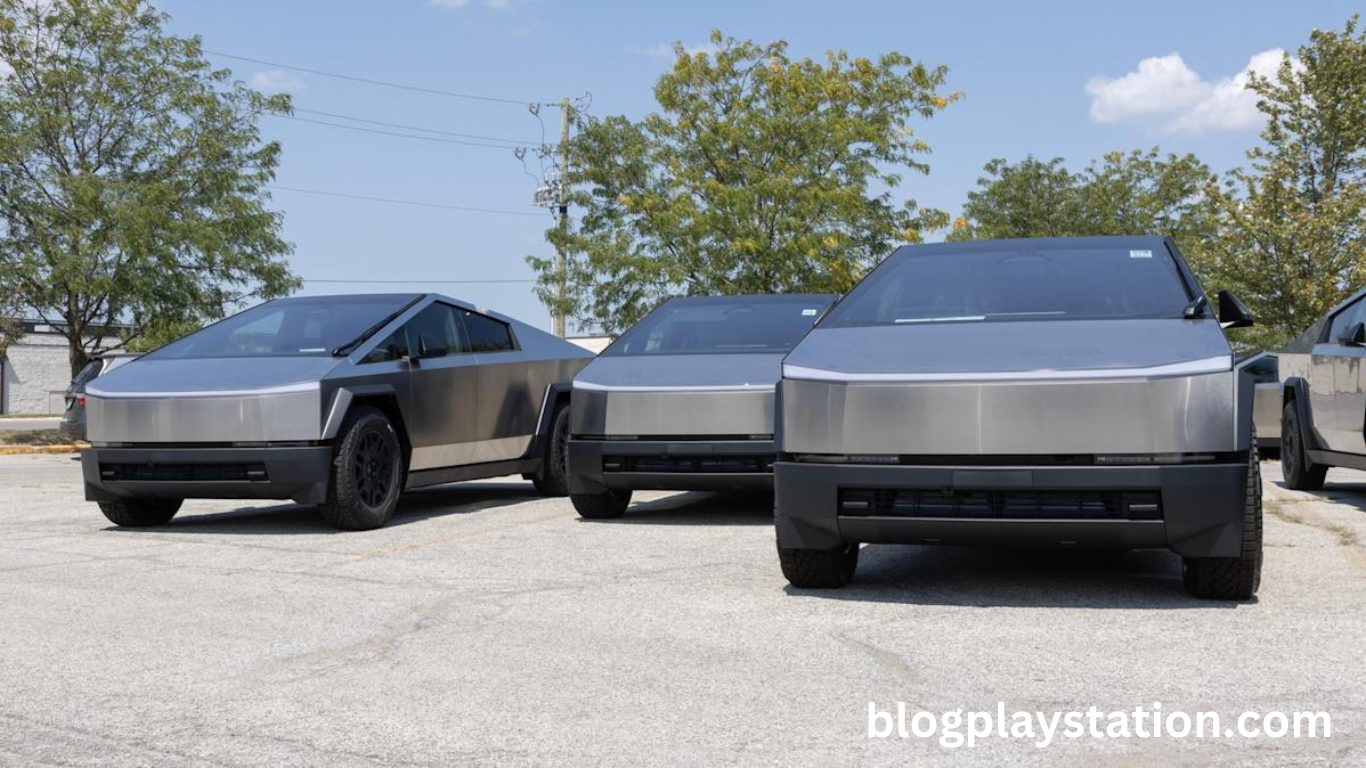Tesla’s Cybertruck, a long-awaited and highly publicized electric vehicle, has hit another snag. Reports have surfaced revealing a surprising design flaw: glued-on panels are detaching from the vehicle. While the Cybertruck made headlines with its futuristic design and stainless steel exoskeleton, this recent admission from Tesla is raising concerns about quality control and production execution.
Panels Coming Loose
Sources close to the manufacturing process point to adhesive failure as the core issue. Tesla had reportedly used glue to attach certain aesthetic panels, especially around trim areas and non-structural components. The decision, believed to be aimed at streamlining the assembly process and cutting costs, has resulted in unexpected consequences. Owners have posted videos and images of detached parts, prompting Tesla to respond to the growing concern.
Tesla’s Response to the Issue
Tesla acknowledged the problem through internal service documents and customer communications. The company clarified that the issue affects a limited number of units and is not structural or safety-related. Still, the optics are unfavorable for a vehicle that’s meant to represent the future of electric trucks. Service centers have been instructed to reapply or replace the panels using stronger adhesives and more rigorous bonding techniques.
Impact on Tesla’s Reputation
This revelation adds to a growing list of quality control issues that have plagued Tesla over the years. From inconsistent panel gaps to software bugs, critics argue that Tesla’s rush to innovate often comes at the cost of durability and detail. The Cybertruck, which was supposed to mark a new era in electric vehicles, is now under increased scrutiny as customers and analysts question whether the bold design was overambitious.
The Road Ahead for the Cybertruck
Despite these setbacks, Tesla remains optimistic about the future of the Cybertruck. The company has reportedly ramped up quality assurance procedures and initiated a more thorough post-production inspection process. Tesla’s loyal fan base may accept these hiccups as part of early adoption, but wider consumer markets are less forgiving. The pressure is on for Tesla to deliver not just a revolutionary truck but one that can withstand the road—literally and metaphorically.
Read More : US DoE wants developers to fast-track AI datacenters on its land
Industry Reactions and Consumer Sentiment
The automotive industry is watching closely. Rivals are seizing the opportunity to promote their own EV offerings with a focus on durability and reliability. Meanwhile, early adopters of the Cybertruck are split—some remain enthusiastic, embracing the vehicle’s quirks, while others express frustration and disappointment. Social media platforms are buzzing with firsthand accounts, memes, and debates over Tesla’s approach to innovation.
Frequently Asked Questions
What panels are falling off the Cybertruck?
Primarily non-structural, glued-on exterior panels such as trim pieces are detaching.
Is the issue affecting all Cybertrucks?
No, Tesla states the issue is limited to a small number of early production models.
Does the panel issue affect safety?
Tesla claims the problem is cosmetic and not related to the Cybertruck’s structural integrity or safety.
How is Tesla fixing the problem?
Service centers are reattaching panels using stronger adhesives and improved application techniques.
Will Tesla issue a recall?
Currently, there is no official recall, but affected owners are being serviced under warranty.
Why did Tesla use glue for exterior panels?
Gluing was likely chosen to simplify assembly and reduce weight, but it has proven problematic.
Are other Tesla models affected?
This issue appears to be specific to the Cybertruck due to its unique construction and design.
What should Cybertruck owners do if their panel falls off?
They should contact a Tesla service center immediately to arrange inspection and repairs.
Conclusion
Tesla’s admission of glued-on Cybertruck panels detaching adds pressure on the company to uphold quality alongside innovation. While the issue is reportedly non-structural, it undermines confidence in a vehicle positioned as a bold step into the future. How Tesla responds—both in repairs and transparency—will shape consumer trust moving forward. As competition in the EV market intensifies, build reliability may prove just as crucial as cutting-edge design.


